Talking to reporters on the sidelines of the National Assembly, Delegate Hoang Van Cuong (Hanoi Delegation) said that when drafting the Capital Law, all National Assembly deputies wanted to convey their thoughts and aspirations, as well as those of voters and people, into mechanisms for the capital to develop. The cooperation of National Assembly deputies with the Hanoi city government in jointly creating a superior and most suitable legal framework for the development of the capital.
Dear delegate, as a citizen of Hanoi and representative of the voters of the capital, what do you expect from the Capital Law being discussed at this National Assembly session?
We know that the Capital belongs to the whole country, so the construction of the Capital Law is the desire to create a superior legal framework with specific elements to develop the capital as a truly representative image of the whole country.
 |
| Delegate Hoang Van Cuong shares on the sidelines of the National Assembly. (Photo: Thu Huong) |
Hanoi city must fulfill the responsibility and mission assigned by the people and voters, as well as all localities, to build the capital into a representative face for the whole country.
Building the Capital Law is not only building a law for a developing region, but must create the ability to attract the conditions and quintessence of the whole country to the capital, creating a representative image for the whole country.
In this session, the National Assembly will simultaneously discuss and approve three very important contents: the capital planning, the capital master planning and the Capital Law. This is a rare opportunity, creating a breakthrough, orientation and legal basis to implement these orientations. Capital planning is to create general, comprehensive and long-term development orientations for the capital, making the capital a representative image of the country, worthy of the capitals of other countries in the world.
The master plan will specify the ideas and special contents of urban infrastructure that have been adjusted in the capital planning. From there, it will propose specific plans and development models to build the future appearance of the capital. To implement this orientation and idea, there must be legal corridors, mechanisms and legal frameworks. This is the Capital Law.
In the draft Law on the Capital, which content does not meet the "outstanding" requirements and needs further revision, sir?
Currently, the draft Law on the Capital has been basically completed. Especially the spirit of decentralization, empowerment and responsibility for Hanoi, must carry out missions to create outstanding and breakthrough development. However, there are still some places that need to have really clear and truly outstanding regulations for the Capital. Typically, the issue that is causing many concerns is the exploitation and development of the city on both sides of the Red River, how to turn the Red River into the central axis of culture, ecology and tourism of the city.
If we still keep the two regulations as in the draft law that the construction of riverside works must comply with the regulations on dike laws, it means that all the riverside corridors of Hanoi will be the same as the riverside corridors of all other provinces. Accordingly, the current state of desolation will continue and it will be impossible to create a face for the development of the capital.
I think this is something we need to recalibrate, to create a separate mechanism for Hanoi in exploiting both banks of the Red River, the Duong River, as well as other rivers in the area.
Regarding income for cadres, civil servants and public employees in the capital, what income mechanism should Hanoi have to retain capable cadres?
Regarding the adjustment to increase income for cadres, civil servants and public employees in the capital, I have spoken about this regulation, but this will not be an imposed regulation. Many delegates even wondered if Resolution 27 on the new salary mechanism does not enforce special allowances, so what mechanism will Hanoi have to use to still be able to pay salaries to the capital's workers, civil servants and public employees at a satisfactory level for their contributions.
Currently, Hanoi has the lowest payroll ratio compared to the national regulations on payroll for civil servants and public employees. Compared to the general fund, Hanoi has only used about half of this number. This means that each cadre, civil servant and public employee in Hanoi is having to work with greater intensity and capacity than other localities. Therefore, salary payment must be based on the total payroll when all payrolls are used up like in other localities and Hanoi's total payroll will increase. The surplus in this total payroll can be used to pay additional salaries for cadres and civil servants.
Thus, if we have a mechanism, the more streamlined the apparatus is, the fewer the number of civil servants, the higher the chance of increasing salaries. On the contrary, if the apparatus is not streamlined, and at the same time wants to increase the payroll, increase the number of people, the surplus fund will be less and the salary for each person will be lower.
This will be a mechanism to encourage increased labor productivity and effective use of highly qualified staff, civil servants and public employees. At the same time, it will enhance their role and responsibility to work with intensity, effective capacity and the best service attitude to pay them a fair salary.
According to you, in order for Hanoi to be on par with other capitals in the world, what issues need to be solved in the capital's planning?
We all see the shortcomings in urban development in Hanoi and it has left very unfortunate and unpredictable consequences. Thus, the Capital Law and the Capital planning must aim to solve the current pressing problems. For example, in the past, according to the law, many areas within the boundaries of the so-called historic inner city were almost not allowed to invest or renovate too much.
Because of the control of investment and development indicators of historical inner-city areas, there are many old apartment buildings that have not been renovated for many years, many self-built houses that do not meet technical requirements, do not meet fire safety requirements, as well as living environment conditions. But there is no mechanism for us to renovate or change these conditions.
In the Capital Law, I think it is necessary to create a legal framework to determine which areas are truly conservation areas, which are truly historical areas such as the Old Quarter, to protect the historical value of Thang Long - Hanoi, or important architectural works or areas with historical development factors.
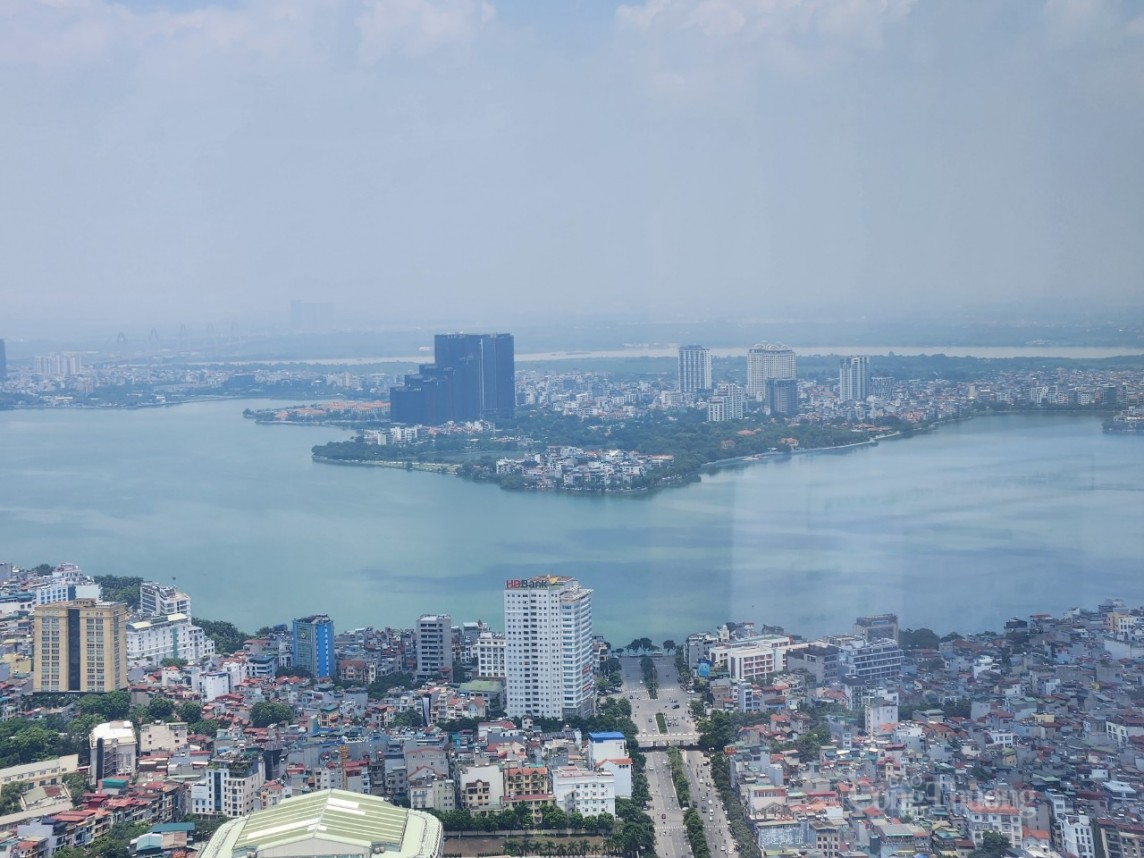 |
| Planning so that the capital does not develop spontaneously. (Photo: Thu Huong) |
The remaining areas must come up with investment and renovation models according to the modern urban model. The capital cannot be allowed to develop spontaneously, with people building according to their own subjective will without following large urban planning standards.
If we can do that, we will solve current problems, such as spontaneous urban development, or residential areas that do not meet standards or many "slovenly" areas that are not worthy of the capital.
Obviously, areas that do not meet the requirements for fire safety, fire fighting, rescue, or do not have space for public activities, must have renovation plans to transform those areas from urgent to civilized and modern development. I think this is completely possible. Because most of the areas that are very messy and shabby are located in the most central areas of the capital and are all in locations that, if renovated well, will become areas of high economic value.
The problem is that we must create a legal framework to allow changes and exploitation of underground and elevated spaces and have a modern public infrastructure system, especially a public transport system with large transport volumes, such as urban railways.
Both the Capital Planning and the Capital Law give priority to the development of public transport systems, especially railway transport. If we can do that, then areas with high population density and many low-rise buildings can be completely transformed into areas with a few high-rise buildings to bring living space up. The ground space will become green space, public space, underground space, traffic space and service development space. I think that the areas we are concerned about now all meet this planning.
The first thing we have to change is our mindset and habits. Because everyone nowadays wants to live in a house on the ground and does not have the habit of living in a high-rise building. Although, living conditions in an apartment can be many times better than a house on the ground.
Regarding the mechanism, we also have to change. Specifically, the urban renovation mechanism not only solves people's concerns but is also the responsibility of the State and the government. There must be an investment mechanism. For example, the public transport infrastructure system must be invested by the State. Without investment, it is impossible to solve the problem of population concentration. To change people's psychology, habits, and living habits, we can give people the opportunity to choose opportunities to change. If people accept to give up living in slums and move to high places, they can change. Those who still have the habit of living in houses on the ground should be given the opportunity to move out of the area.
The city center must be planned into modern development areas, not spread out on the ground. Thus, there will be no more free space for public activities and green activities for the city.
Developing the capital requires a process, not a short-term measure. We set a goal that by 2045, Vietnam must be a high-income country and on par with developed countries. In particular, the capital planning also sets a goal that by 2050, Hanoi must be a leading capital compared to other countries in the region and on par with the capitals of advanced countries in the world.
This is the roadmap that has been set and whether we can achieve it or not will depend on how we exploit the regulations and mechanisms that are very specific and superior for the capital. At the same time, it also requires a very high determination not only from the capital's government in implementing the transformation process, but also requires the concentration of huge resources from the whole society. From there, we will create a truly breakthrough face for the capital and one worthy of being a developed country by 2045.
Source: https://congthuong.vn/du-thao-luat-thu-do-can-can-chinh-lai-viec-xay-dung-cac-cong-trinh-ven-song-322688.html






![[Photo] Prime Minister Pham Minh Chinh chairs the Government's special meeting on law-making in April](https://vstatic.vietnam.vn/vietnam/resource/IMAGE/2025/4/13/8b2071d47adc4c22ac3a9534d12ddc17)

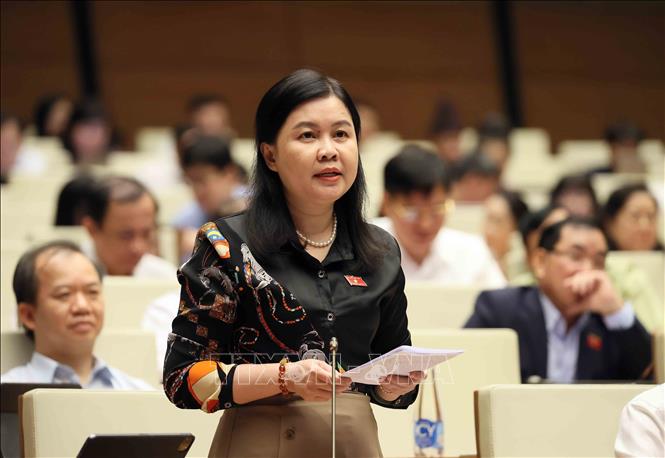

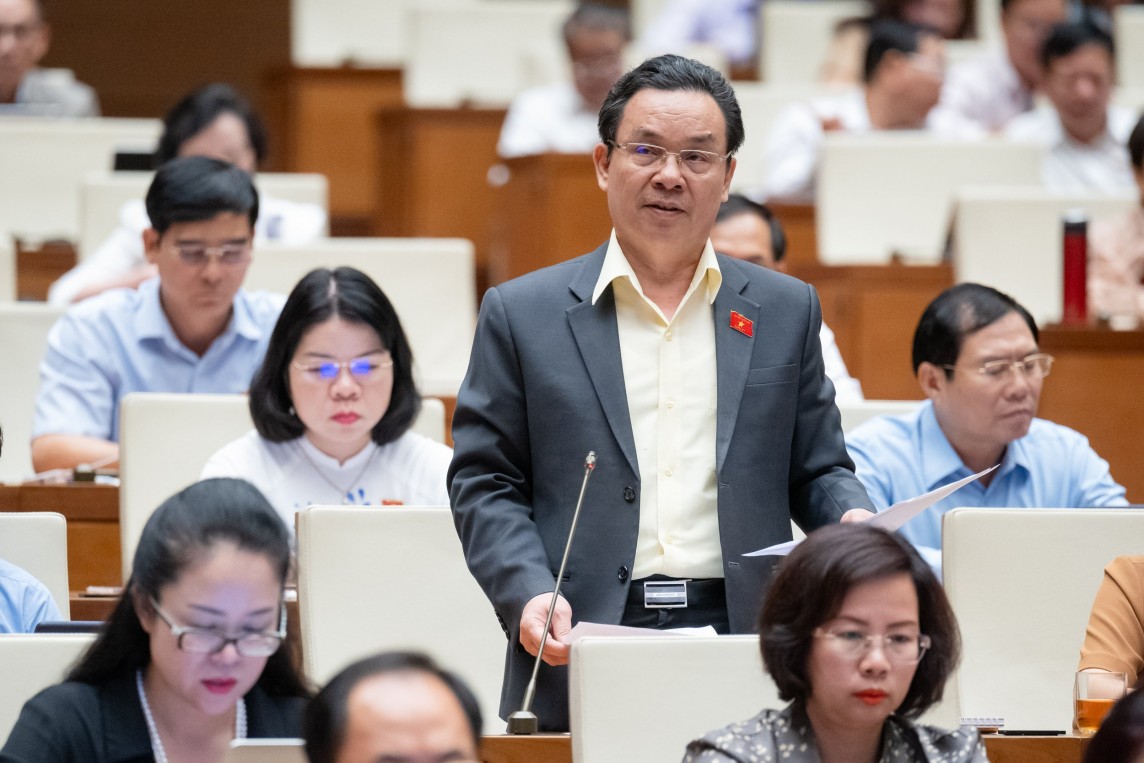


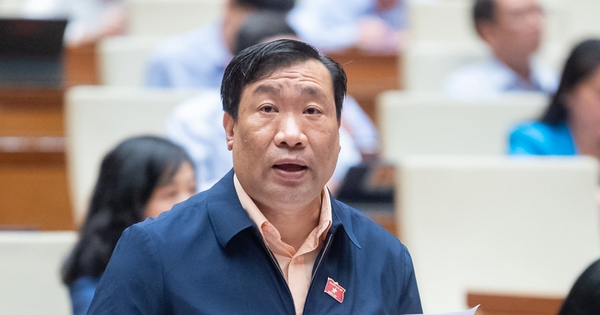



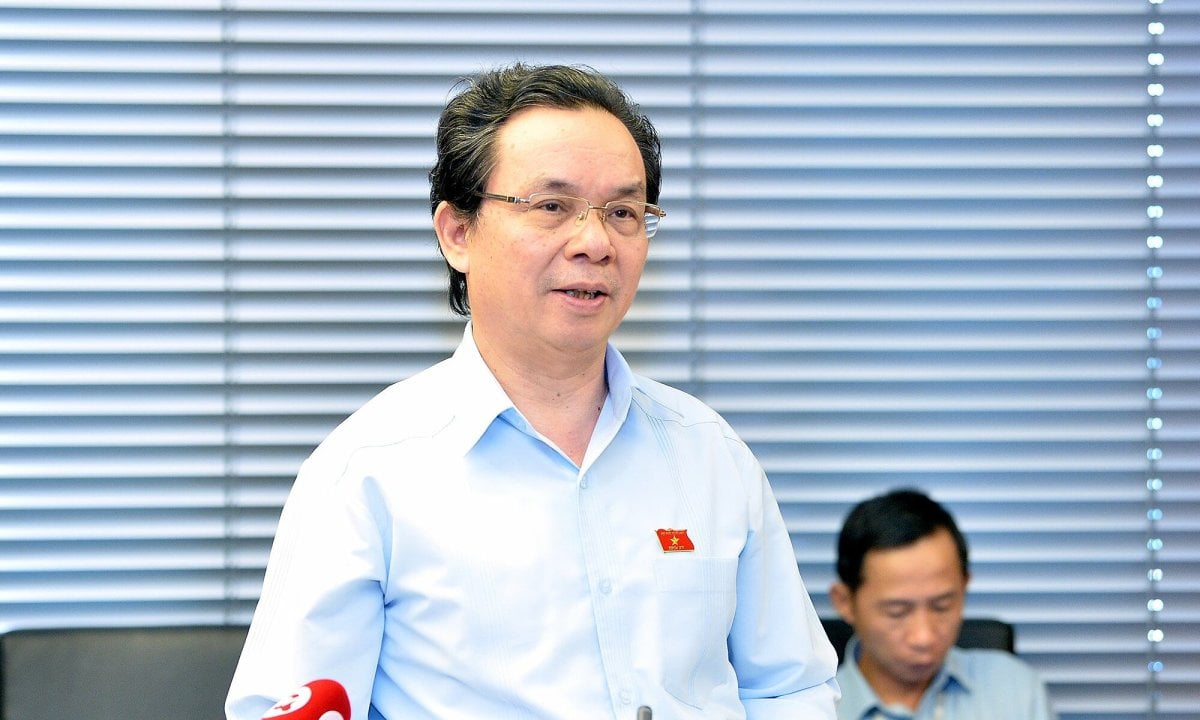




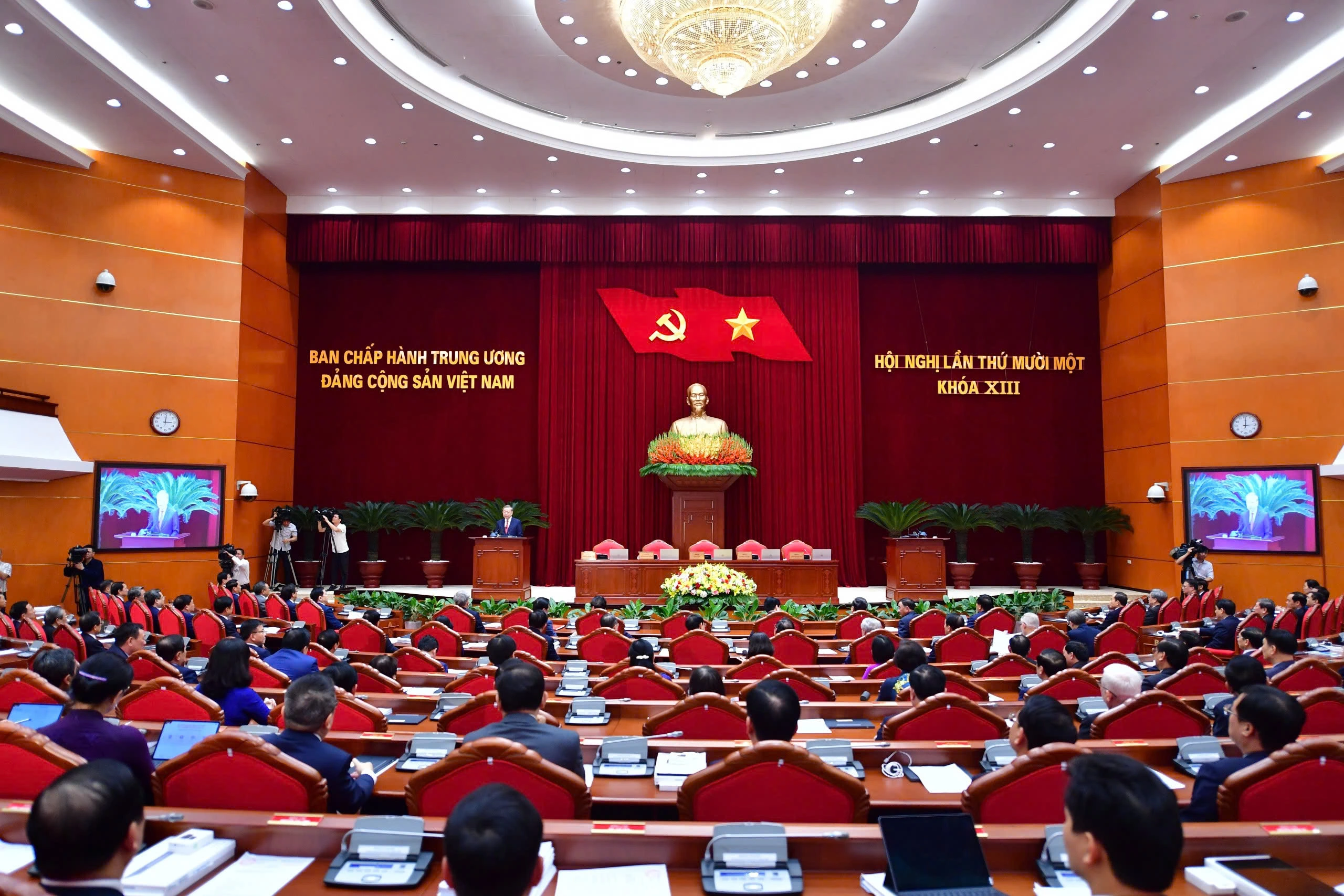
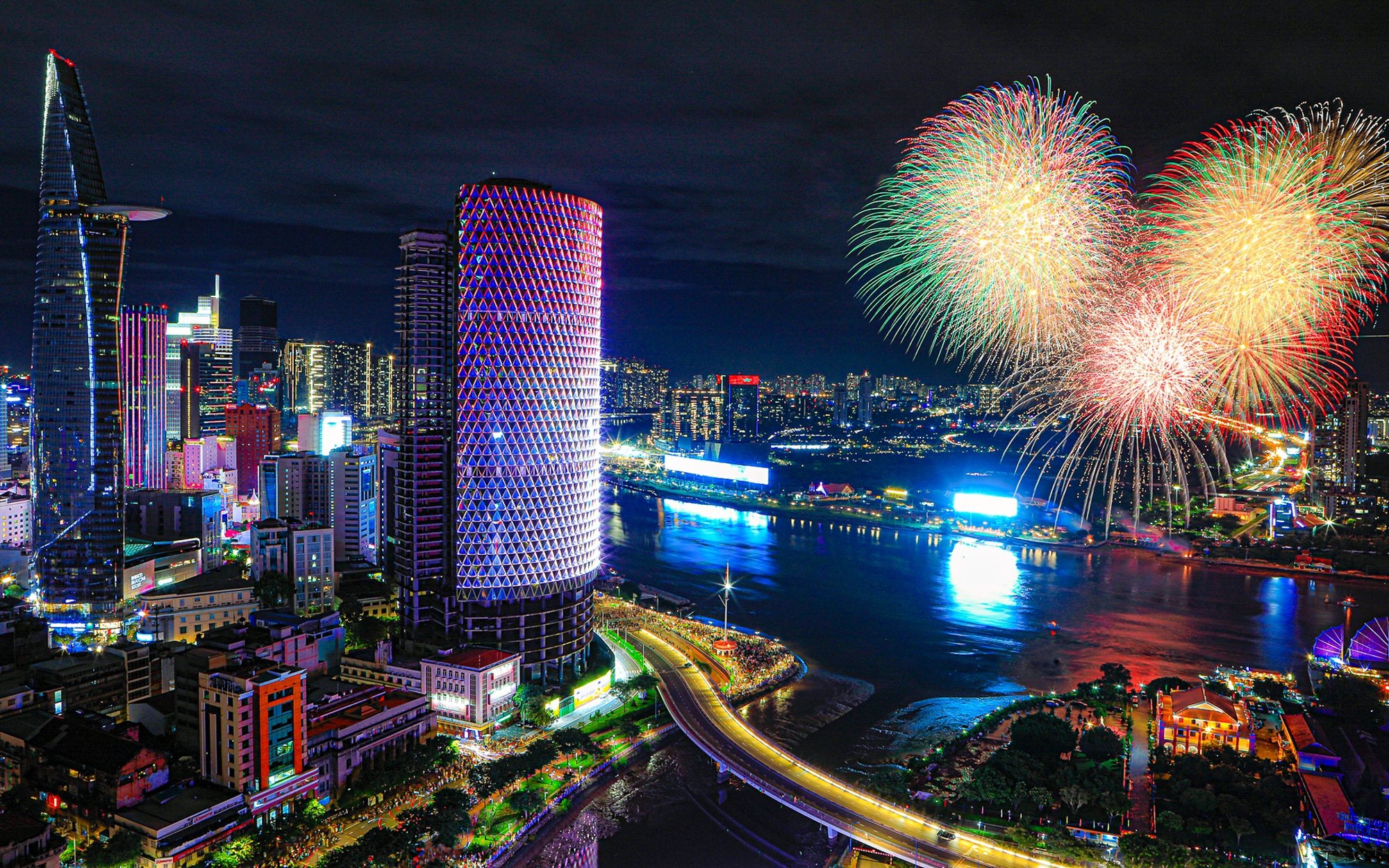






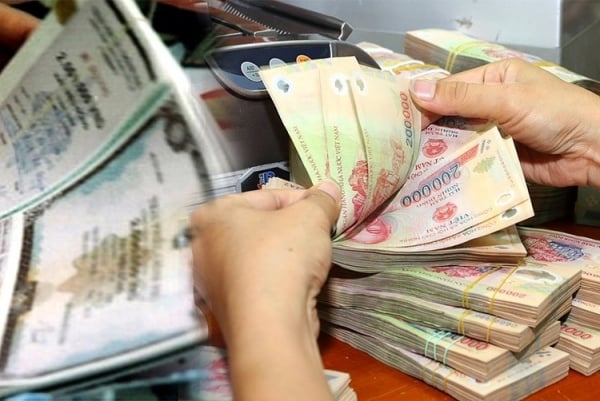



![[Photo] Closing of the 11th Conference of the 13th Central Committee of the Communist Party of Vietnam](https://vstatic.vietnam.vn/vietnam/resource/IMAGE/2025/4/12/114b57fe6e9b4814a5ddfacf6dfe5b7f)





























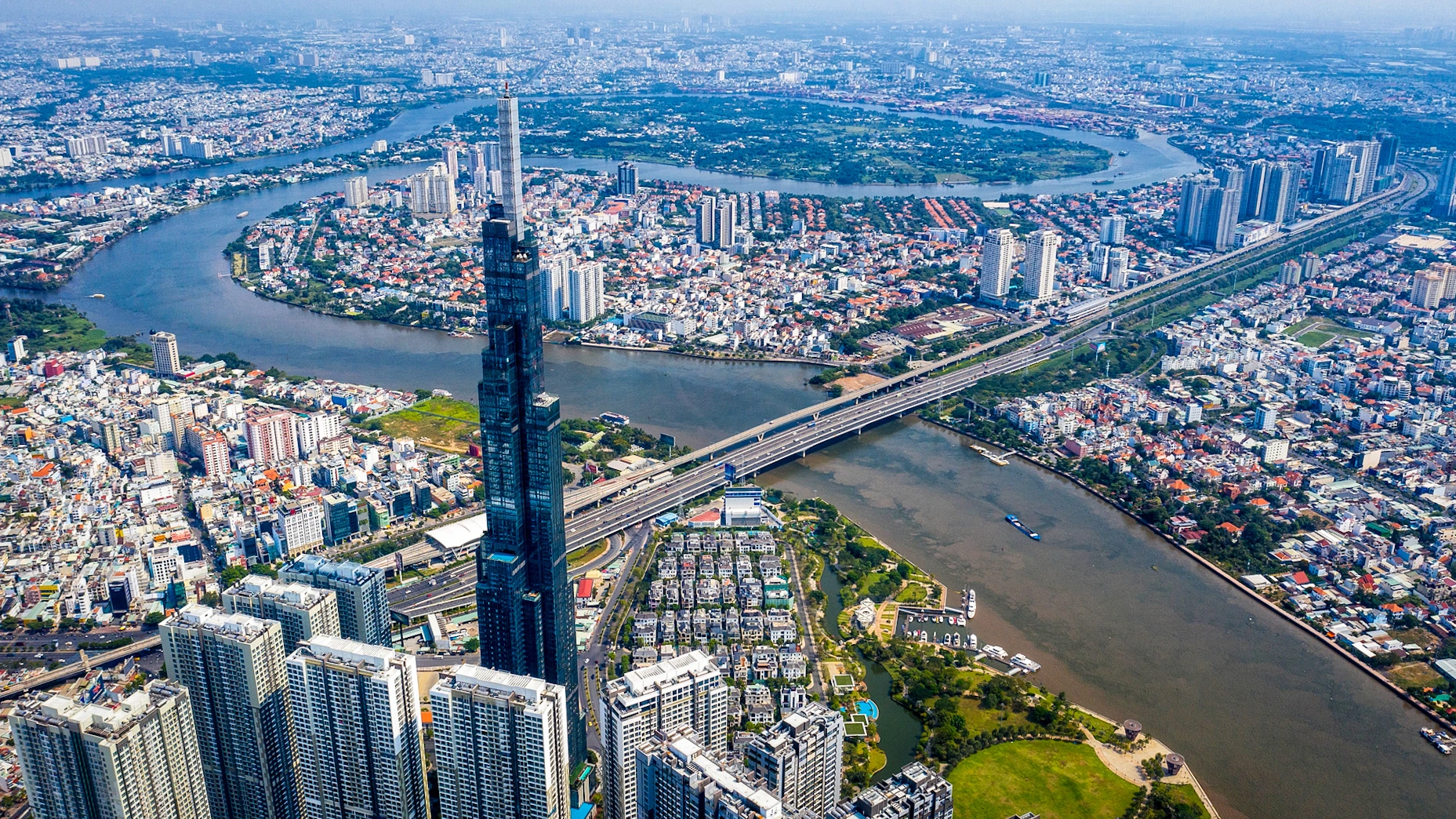















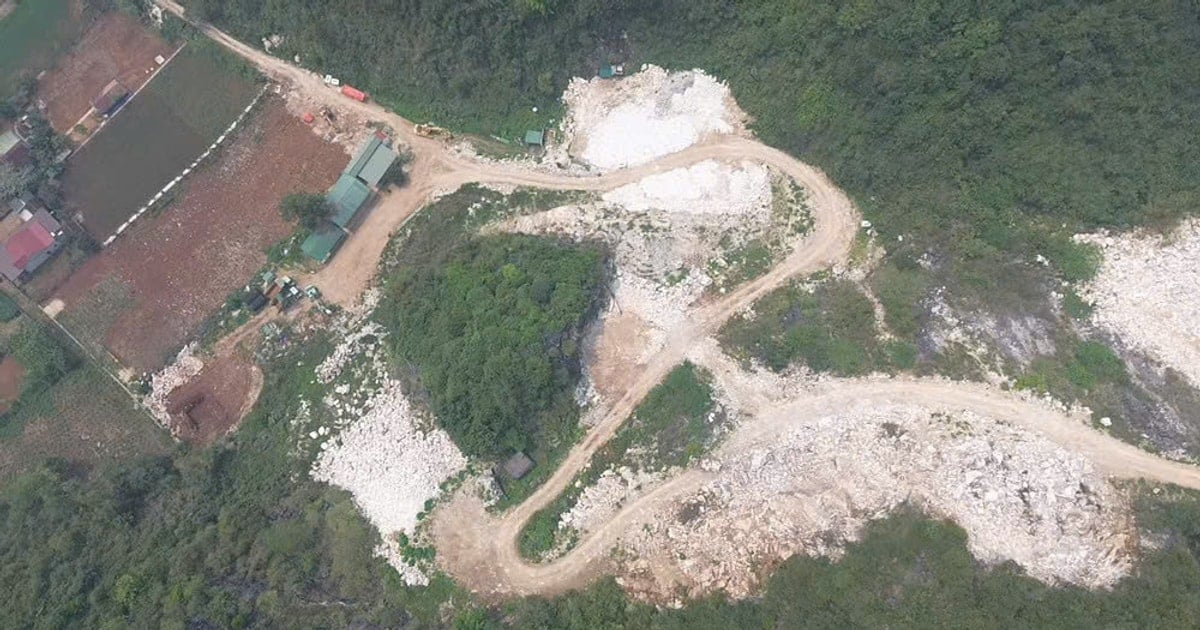



















Comment (0)